On December 10, 2020, President-elect Joe Biden named Ambassador Susan Rice to lead the Domestic Policy Council (DPC), located within the Executive Office of the President. Ambassador Rice has an impressive — if not a bit controversial — resume, and served as an assistant secretary in the State Department, the U.S. ambassador to the United Nations, and the national security advisor during the Obama administration.
Outside of Washington D.C., the DPC is a little-known entity. It’s certainly not as well-known as the National Security Council, and being the head of the DPC tends to have less visibility than, really, any of the cabinet secretaries. Make no mistake, however: It’s a position of significant importance and stature in any White House. And given Ambassador Rice’s bona-fides, her selection to this posting may tip the upcoming Biden administration’s hand a bit on where it intends to spend much of its limited time, at least out of the gates. Most importantly, given Ambassador Rice’s background, it may also portend a bit of blurring between certain National Security Council functions and traditional Domestic Policy Council functions.
Cross-cutting threats, cross-cutting roles
This blurring is foreseeable for a few reasons.
First, one merely need look at the issues of the day — which tend to be multi-domain, integrated challenges — to see that traditional conceptions of defense and security are being redefined. There is no better example of this than pandemic response, in general, and America’s ongoing response to COVID-19 specifically. This example is joined by issues like supply-chain security, immigration, improving national resilience to cyber-shenanigans and the effects of global climate change, transnational organized crime and counter-drug activities, and the long-awaited need for infrastructure improvement. All of these issues have a national security aspect, and all have a domestic policy aspect. As a result, they end up creating the classic “You’ve got chocolate in my peanut butter! No, you’ve got peanut butter in my chocolate!” scenario, where domestic policy issues and national security issues intertwine.
Second, consider the structure of the National Security Council currently memorialized in National Security Policy Memorandum (NSPM)-4. NSPM-4, released in April 2017, essentially completed a task started by the Obama administration by absorbing within the NSC the Homeland Security Council along with the Homeland Security Council’s head, the homeland security and counterterrorism advisor. The Homeland Security Council, a creature of both presidential executive order and statute, used to be comprised of directorates with titles like Transnational Threats, Resilience, Countering Weapons of Mass Destruction (CWMD), Biodefense, Cyber, and Counterterrorism.
It is no secret that the form and structure of National Security Councils change. For instance, when the National Security Council absorbed the Homeland Security Council, it essentially took these directorates on wholesale, made some adjustments (Transnational Threats became Border and Transportation Security and, somewhat controversially, the Biodefense directorate joined with CWMD), and folded them in with the NSC’s own existing substantive regional and functional directorates.
Each substantive directorate — such as Africa, Asia, South Asia, Europe/Russia, Middle East and North Africa, Western Hemisphere, Intelligence Programs, Defense, International Organizations — is typically led by a senior director and is then further internally subdivided using directors, often either functionally or regionally. The substantive directorates are joined by support directorates like Legal, Resource Management, Legislative Affairs, Strategic Communications (Press), Access, and the Office of the Executive Secretary. As a default, senior directors tend to be political appointees, and hold parallel commissions within the White House of assistant to the president (AP), deputy assistant to the president (DAP), or special assistant to the president (SAP), in that order of precedent. In other words, APs are over DAPs and DAPs are over SAPs. Directorates sometimes have a deputy between the senior director and her or his directors. In any event, while directors are sometimes political appointees, in most cases they are detailed from federal departments or agencies, or in rare instances, direct hires.
The NSC structure
As was the case with most of the Trump administration, the NSC saw significant turnover, with four national security advisors: Lieutenant General Michael Flynn (Ret.), Lieutenant General H. R. McMaster (on active duty at the start of his tenure, but retired shortly after his resignation from the position), Ambassador John Bolton, and Ambassador Robert O’Brien, as well as six deputy national security advisors. The four national security advisors were accompanied by four homeland security and counterterrorism advisors: Tom Bossert, Rear Admiral Doug Fears (active duty U.S. Coast Guard), Rear Admiral Peter Brown (active duty U.S. Coast Guard) and apparently one kind-of homeland security and counterterrorism advisor, Julia Nesheiwat. I say kind-of, because despite initial reporting describing her assumption of that position, Nesheiwat was welcomed to the NSC with a tweet, just a bit off from previous announcements of the kind and described in later reporting as but an NSC senior director. There is also an absence of any official record (beyond the notoriously self-editable Wikipedia site) of Nesheiwat actually serving as the homeland security and counterterrorism advisor.
As a rule, the NSC is famously tight-lipped — as it should be, considering its business and its duty to preserve executive privilege — so there generally isn’t too much open-source reporting about its activities. But these things, when taken together, seem to indicate that the Trump NSC has either minimized or eliminated the homeland security and counterterrorism position. If the position is currently gone, whether the Biden administration brings it back remains an open question, unlike the president-elect’s well-covered selection for the position of national security advisor, Jake Sullivan.
What to expect under Biden
But leaving aside for now the palace intrigue of whether there is or is not a currently serving homeland security and counterterrorism advisor in the closing days of the Trump administration (and Nesheiwat has an extraordinarily impressive resume regardless of whether she holds the title or not), the rest of NSPM-4 may provide a bit of illumination as to how an Ambassador Rice-led DPC may end up doing business. For in addition to ostensibly spelling out the roles of the national security advisor, deputy national security advisor, and the homeland security and counterterrorism advisor, NSPM-4 also details the NSC’s main super-power: its ability to convene departments and agencies to help execute its mission. This mission, despite various works of fiction (and no doubt the beliefs of more than a few senior directors and directors), is generally limited to advising the president on national security matters; coordinating the departments and agencies, primarily in the development of national security policy; and advancing the administration’s national security priorities. Indeed, the NSC is specifically statutorily barred from taking “operational control” of certain matters, and the Iran/Contra scandal is a stark reminder of why that is. But, the power to convene is important and it’s important because usually, when the NSC calls, the departments and agencies answer.
The DPC does not typically enjoy executive policy direction like the National Security Council does via NSPM-4, and despite being referenced in several provisions of U.S. Code, does not have much in the way of underlying statutory recognition or more importantly, authority granted it by Congress. And in the absence of a strong homeland security and counterterrorism advisor, or really one at all, it is completely foreseeable that given her background, Ambassador Rice, as the head of the DPC, will assume an outsized role in policymaking beyond purely domestic issues like health care and children’s wellness. Perhaps she’ll address issues where domestic policy and national security intersect — an area of work of increasing importance today. Sullivan also recently indicated that he too views some intersection between national security issues and domestic policy priorities. If this bears out, it will be interesting to see if the inevitable Biden-era version of directives like NSPM-4 contains a broader charge to include interagency convening power for the DPC, or if the DPC ends up with its own version of NSPM-4.
If the Biden administration names a homeland security and counterterrorism advisor, that person can be a bridge between Ambassador Rice’s DPC and Sullivan’s NSC, much like the U.S. Coast Guard often finds itself bridging between the Department of Defense and the Department of Homeland Security. This would seem to be an important and valued function, but not one without risk. This risk can be mitigated by ensuring that if a homeland security and counterterrorism advisor is named, she or he once again enjoys the same commissioning level — AP — as the national security advisor and director of the DPC. Doing so also has the benefit of being consistent with the homeland security and counterterrorism advisor’s existing statutory authority, as well as several other important policy documents that reference or describe the position as an AP, although one fewer in the waning days of the Trump administration. And it would certainly make discussions about who has the authority to do what easier.
Alternatively, the Biden administration could decide to mirror what the Trump administration did with the two active-duty Coast Guard admirals, Doug Fears and Peter Brown, by essentially downgrading the rank of the homeland security and counterterrorism advisor to that of DAP. This could make it more challenging for whomever ends up serving in that role to operate as a peer with the national security advisor and the director of the DPC, but it would have the benefit of a clear chain of command within the NSC, especially if the deputy national security advisor position were likewise downgraded from its current posture as an AP. Going this route could also help the national security advisor with span of control issues, by dividing up the NSC directorates between what could essentially be a DAP deputy for national defense and a DAP deputy for homeland security. It also may cut down on the potential for unnecessary rivalry or competition between the national security advisor, the director of the DPC, and the homeland security and counterterrorism advisor, which despite the likely best intentions of all concerned, is somewhat inevitable given the roles, stakes, and personalities involved at this level of government.
Ultimately, whether Ambassador Rice sticks to purely domestic issues or takes on challenges that lie at the intersection of domestic policy and national security — like pandemic response, cyber defense, infrastructure protection, resilience, and immigration — or some yet-to-be-named homeland security and counterterrorism advisor does so, the White House still needs to have someone as the point-person on these issues. Given Ambassador Rice’s largely externally facing security experience in the Obama administration, it’s likely that she will fill that role, at least in the opening days of the Biden administration.
The views expressed are the author’s alone and do not reflect the official policy or position of the United States Coast Guard, U.S. Department of Defense, U.S. Department of Homeland Security, or the U.S. Government.
The Brookings Institution is committed to quality, independence, and impact.
We are supported by a diverse array of funders. In line with our values and policies, each Brookings publication represents the sole views of its author(s).


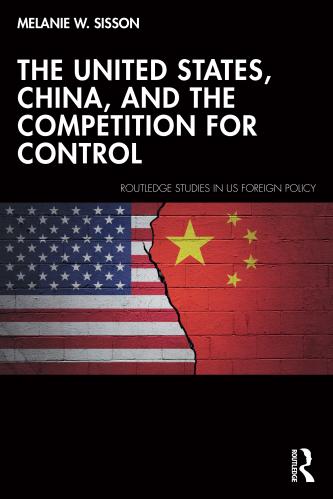
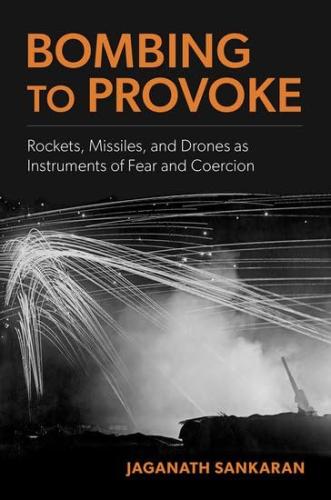

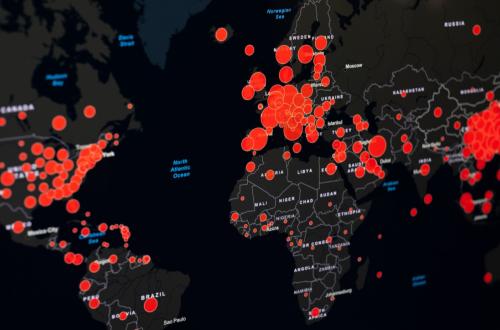
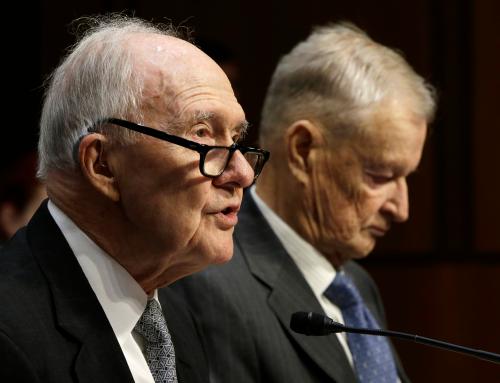



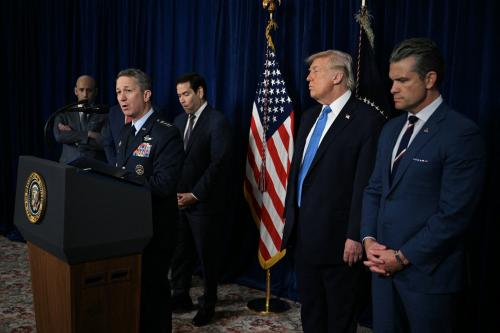
Commentary
Under Susan Rice, will there be increased overlap between the Domestic Policy Council and the National Security Council?
January 5, 2021